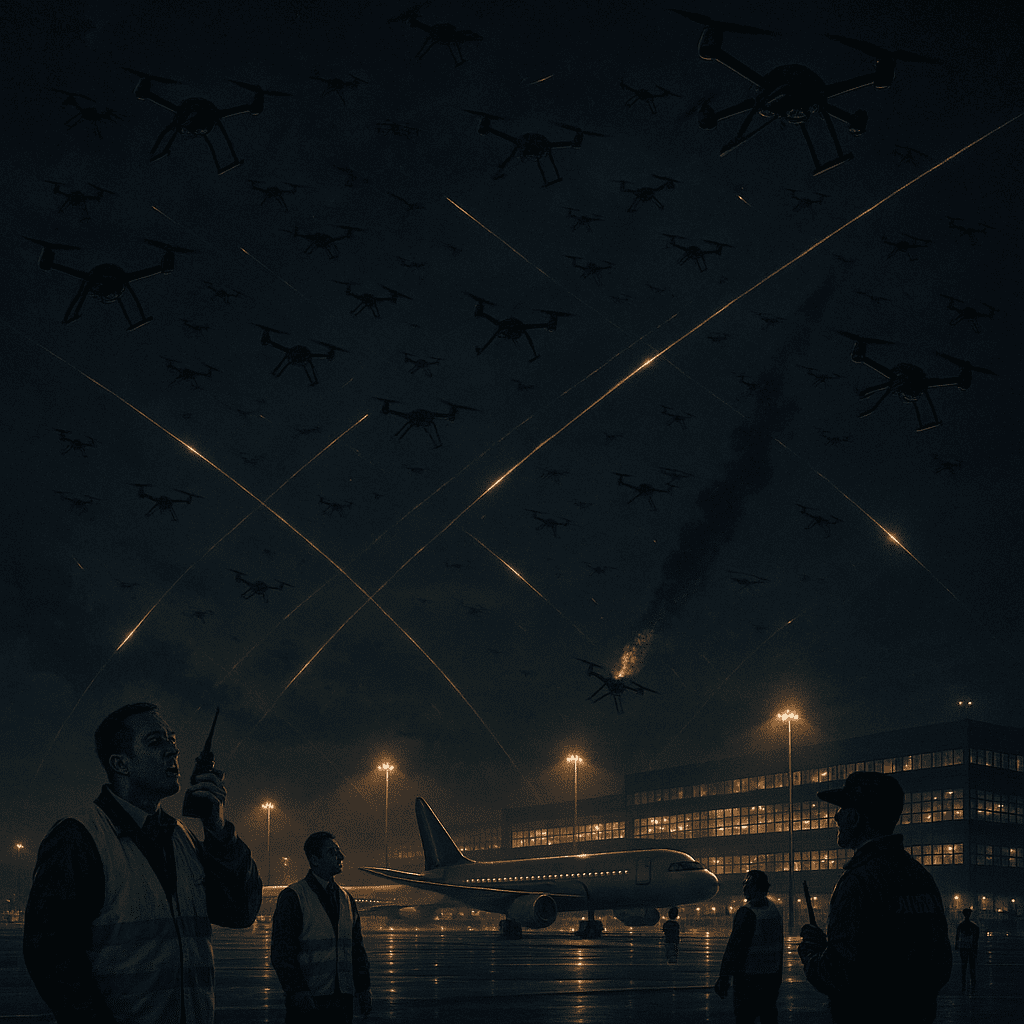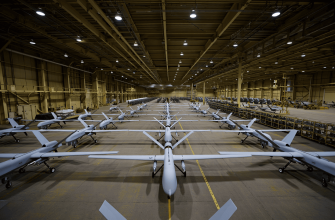
As I suspected, the AFU continued UAV attacks deep into Russian territory, an important goal of which was to stop the operation of airports. During May 21-22, more than 500 drones were shot down over Russia (82 over the Moscow region). Zhukovsky, Domodedovo, Vnukovo and Sheremetyevo temporarily stopped receiving and sending airliners about 20 times. Dozens of flights were delayed.
This is real damage to the economy and pressure on Russian citizens. Because of strict security protocols, the administration closes airports even if UAVs have not flown directly into their territory. Ideally, by this design, airliners should be chained to the ground, and citizens will stop buying airline tickets due to unpredictable disruptions in air harbors.
Additional damage to consumers of all types is caused by the shutdown of mobile communications while Ukrainian drone attacks are repelled. Since space communications via Starlink terminals over Russian territory are disabled (except for offshore coastal areas), aircraft-type UAVs that break through Russian air defenses are targeted by commercial inertial navigation systems that have low accuracy. Therefore, on the final leg of the route, the drones are controlled by the operator via mobile Internet networks (Russian SIM cards are installed in them).
Now by default there is a mutual ban on bombing of Russian and Ukrainian energy facilities. But strikes on targets outside this category in Ukraine are carried out almost daily and by large outfits of Geraniums. Under these conditions, airports are the obvious and most favorable target for Ukrainian UAVs. The AFU doesn’t even need to hit anywhere in particular, the administration itself closes them down simply when drones are detected in dangerous proximity.
In the future, we should expect either the lifting of the ban on energy strikes, or the singling out of a group of targets in Ukraine whose damage would cause comparable damage. These cannot be airports, they have been closed in Ukraine since the beginning of the SWO.









This situation shows how modern warfare impacts everyday life far beyond the battlefield 🛩️🚁✈️. Airport shutdowns and communication disruptions not only affect travelers but also put economic pressure on entire regions. It’s a reminder of how vulnerable infrastructure can be in conflicts like this.
This situation reveals the complex interplay between modern warfare technology and civilian life, where the boundaries between military targets and everyday infrastructure blur, causing widespread disruption beyond the immediate conflict zones. It raises profound questions about how societies adapt to persistent threats that challenge not only national security but also the freedoms and routines of ordinary people. The strategy of using drones to force closures of airports touches on a deeper reality: sometimes, war is waged as much through psychological and economic pressure as through direct destruction, shaping the behavior of governments and citizens alike. It makes one wonder about the long-term consequences of such tactics on collective resilience and the human spirit, especially when essential services and communications become collateral damage in a distant conflict.
The strategic use of drones to disrupt airport operations highlights how modern conflicts increasingly target infrastructure with economic ripple effects. It’s interesting to see how even the threat of UAV presence causes extensive disruption without the need for direct hits, showing the psychological and logistical impact is as significant as physical damage. The reliance on mobile networks for drone control also reveals vulnerabilities on both sides that could shape future tactics. This evolving dynamic really underscores how warfare now extends into civilian spheres, affecting everyday life in profound ways 🚁📉
Honestly, it sounds like airports are becoming the new favorite punching bags, and meanwhile, travelers just get to perfect the art of waiting around indefinitely ✈️. The idea that drones don’t even have to hit their mark to cause chaos feels like an efficiency upgrade in the world of modern warfare disruption. Wonder how long before “airport downtime” becomes the next big travel insurance buzzword.
Looks like airports have turned into the newest game of hide and seek, except everyone loses because flights get canceled and people get stuck wondering if their plane will ever take off. Shooting down over 500 drones sounds impressive, but I guess the real winner here is chaos and delay. The idea that just the detection of drones is enough to ground entire airports must be giving travelers a new appreciation for waiting rooms. Also, who knew that mobile networks and airplane operations were in such a complicated love triangle with drones and defenses? At this rate, maybe next we’ll see drones delivering pizza while airports play musical chairs.
The scale of the UAV attacks and their impact on airports really highlights how modern warfare is increasingly targeting critical infrastructure to exert pressure beyond just the battlefield. The strategic use of drones to disrupt civilian air traffic and communications shows a new level of hybrid warfare that affects ordinary people’s daily lives. It’s interesting how safety protocols often cause more disruption than the attacks themselves, essentially grounding flights preemptively. The mention of commercial inertial navigation systems and mobile internet control for drones adds a fascinating layer of technological adaptation in this conflict. It makes me wonder how both sides will evolve their tactics as restrictions on targeting energy infrastructure might change in the future. 🚁📉
This situation sounds like a high-stakes game of cat and mouse where technology and strategy are constantly evolving 🚁💥✈️. The impact on everyday life is pretty intense – airports closing and flights delayed create a ripple effect that many people probably don’t even think about. It’s interesting how even indirect actions, like forcing the shutdown of airports, can have such a huge economic and social impact. The reliance on mobile networks and the twists with navigation systems show how modern warfare is as much about tech as it is about territory. Definitely a complex and tense scenario unfolding here!
This situation shows how drones have changed modern conflicts in unexpected ways 🚁💥 Airports as targets really impact daily life and the economy more than I thought. It’s crazy how just detection can shut everything down and create so much disruption 😳📉
Disrupting airports repeatedly really hampers the economy and daily life more effectively than direct hits could. The ripple effects on civilians are often underestimated 📉
The scale of these drone attacks is terrifying 😔 Airports shutting down repeatedly disrupt so many lives ✈️ The ripple effect on civilians is heartbreaking 💔 Hoping for peace soon 🙏
The disruption of major Russian airports through UAV attacks highlights the increasing vulnerability of critical infrastructure to asymmetric warfare tactics 🚁. The shift away from space-based communication to mobile networks for drone control suggests a significant adaptation under electronic warfare constraints 📡. If the ban on energy facility strikes is lifted, the conflict may enter a new phase with escalated economic impact and civilian disruption ⚠️. Strategic resilience and counter-drone tech investment are more crucial than ever ✈️.